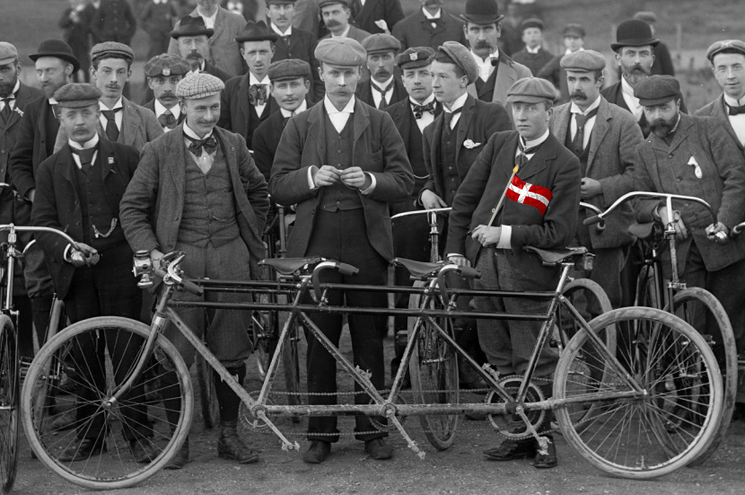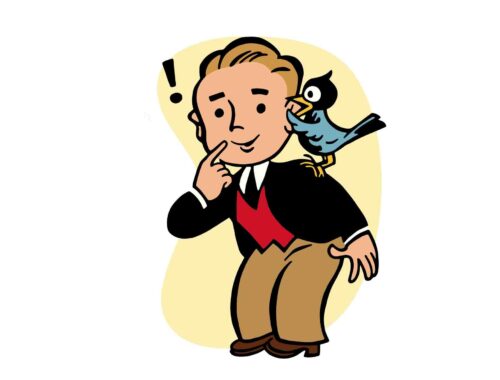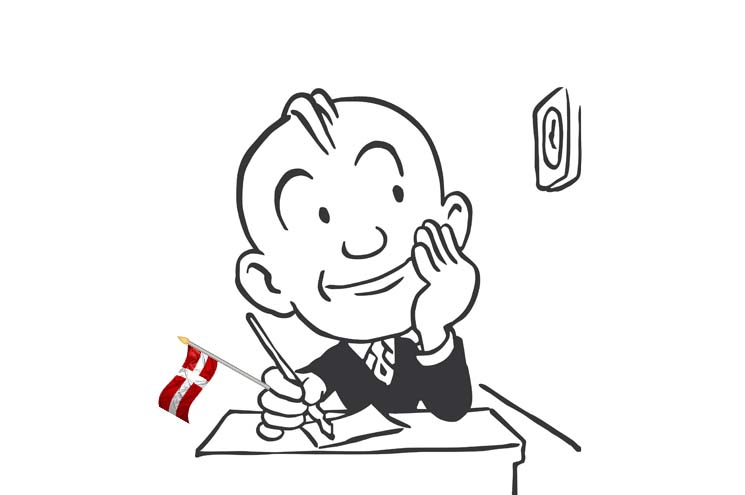In a country where new cars are taxed at up 150% of their purchase price – that means a $20,000 car will cost you in the neighborhood of $50,000 – bikes are bound to be popular.
Everybody bikes in Denmark. You’ll see executives in grey pinstriped business suits on bikes, and pretty girls pedaling in high heels. You’ll see people toting their kids through heavy traffic in fragile-looking bike trailers.
You’ll see old ladies biking very, very slowly with a lot of people backed up behind them, and you’ll see me, trying to balance my fresh dry cleaning on my bike because I don’t have a car.
The fact that Denmark is relatively flat helps – nobody likes to bike uphill – as does the fact that the climate is temperate. Denmark is as far north as parts of Alaska, but it usually isn’t bitterly cold in the winter.
So even in the winter, you’ll see Danish commuters pumping their bikes through the snow. In Copenhagen, the bike lanes get plowed before the streets do.
An extra, ugly bike
Most people in Copenhagen have more than one bike, sometimes three. One might be a sport racing bike, or a mountain bike, and the other might be a ‘shopper’ bike, with a big basket for bringing home groceries.
It’s also quite common to have an extra, ugly bike.
An ugly bike is a bike that gets no love, and often no maintenance. It’s a rusted, broken-down bike you use for short commutes and leave at the train station.
When I used to work at Carlsberg, the beer company, I’d take my shopper bike to the train station by my house, get on the train, get off at the stop near Carlsberg, where I had another bike waiting – an ugly bike.
It wasn’t a nice neighborhood, so I needed a not very nice bike, something that wouldn’t be worth the effort to steal.
I’d ride the ugly bike to work. At the end of the day, I’d ride the ugly bike back to the station by Carlsberg, leave it there, get back on the train, get off at the stop by my house, and ride my shopper bike home. Two bikes and a train – that’s a pretty typical Copenhagen commute.
Immigrants have better bike manners
If you want to live in Denmark, you will need a bicycle: bikes are an integral part of Danish culture.
Children learn to bicycle when they’re 3 or 4. Their parents stick a broom handle behind the back wheel and hold them upright until they can balance on their own.
Bikes are so important that the government actually teaches immigrants how to bike so they can get around.
Apparently it also teaches the immigrants good bicycle etiquette, because they have much better cycling manners than native-born Danes.
Gentle blond people turn savage
For Danes, bicycle lanes are the Vikings’ last stand.
Those gentle blond people, these people who will wait two minutes at a red don’t walk sign instead of crossing an empty street – armed with a bike, they turn vicious and brutal. They will lose their temper, scream abuse, lecture and start pointless arguments in the bicycle lanes.
They will ring their bicycle bell dozens of times if they think you are holding up their all-important trip to the supermarket.
Pedestrians out of the way
They also text while they’re cycling, talk on the phone while they’re cycling, groove to music through giant headphones while they’re cycling. They go through red lights and intentionally go the wrong way in bicycle lanes.
They ride straight down sidewalks, ringing their little bells to tell pedestrians to get out of the way.
Occasionally the police in Copenhagen do bicycle raids. They hide around a corners and watch Danish bicyclists do all the things they do on a daily basis anyway. Then they hand out tickets for DK750, which must be a nice little money-earner for the commune.
You know, now that I think about it, if they could write a ticket every time Danish Viking bicyclists did something aggressive or illegal, you could cut down on some of those notorious Danish taxes.
Or at least pay for a larger network of bicycle lanes.
Buy Kay’s books about Denmark on Amazon, Saxo, Google Books, Apple Books, Barnes & Noble Nook, or via our webshop.
Image mashup copyright Kay Xander Mellish 2025
Read also:
Danes and Cars: Why real men ride bicycles
The Christmas Tree on the Bicycle, and other stories of a bike-only household





